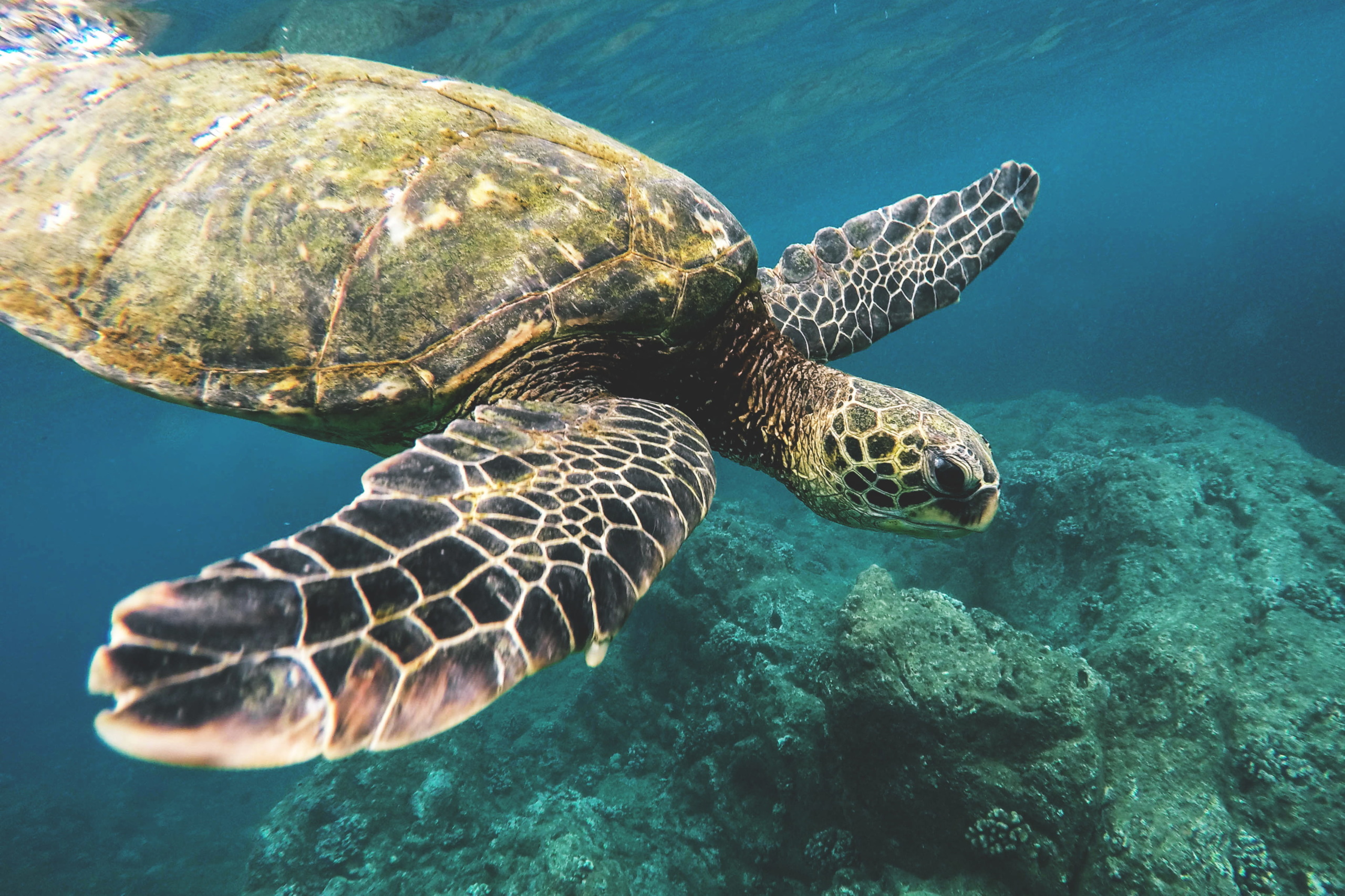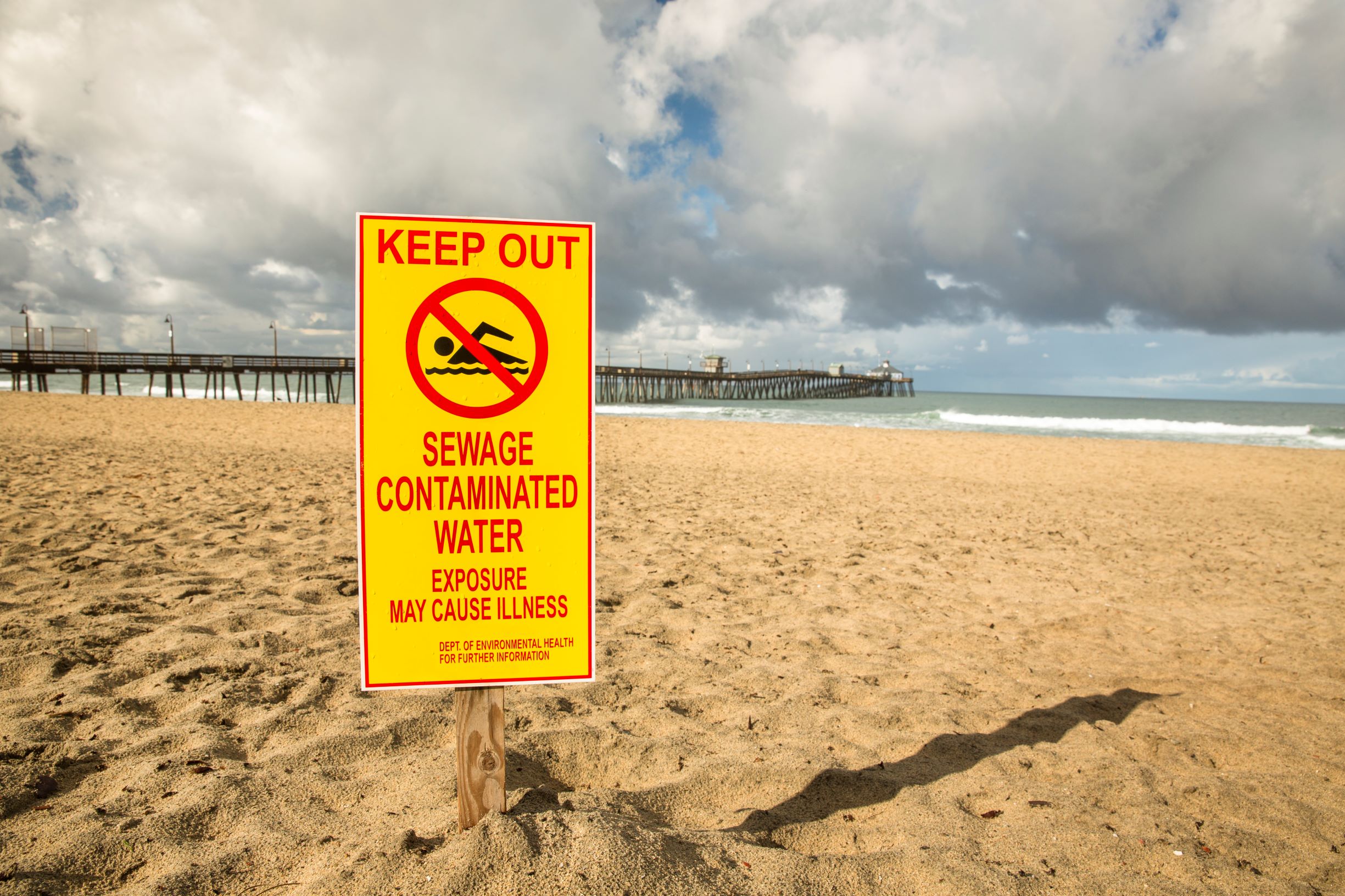
Oregon’s Marine Treasures
Oregon’s ocean ecosystems are deeply stressed by fishing and other human activities that pose challenges to the coastal ecosystems that sustain seabirds, mammals, fish and countless other species. At the same time, changes in ocean currents—possibly linked to global warming—are exacerbating the stresses faced by species in Oregon’s waters. Scientific research shows that the creation of marine reserves and protected areas can play an important role in revitalizing ocean ecosystems. Oregon’s Marine Treasures argues that by creating a network of marine reserves and protected areas in Oregon’s coastal waters, the state can protect some of its most valuable and important offshore resources.

Downloads
Oregon’s territorial waters—ocean within three miles of shore—are a national treasure. These waters are home to rare species, support the largest seabird population on the West Coast, draw thousands of visitors each year, and provide significant ecological and economic benefits to coastal communities.
But Oregon’s ocean ecosystems are deeply stressed. A legacy of heavy fishing has depleted fish stocks, while other human activities pose challenges to the rich and varied coastal ecosystems that sustain seabirds, mammals, fish and countless other species. At the same time, changes in ocean currents—possibly linked to global warming—are exacerbating the stresses faced by species in Oregon’s waters and with potential impacts on humans as well.
Scientific research shows that the creation of marine reserves and protected areas can play an important role in revitalizing ocean ecosystems. By creating a network of marine reserves and protected areas in Oregon’s coastal waters, the state can protect some of its most valuable and important offshore resources.
Oregon’s coastal waters include a wealth of impor tant ecological resources—resources that are threatened by human activity and long-term changes in natural patterns.
- The large bull kelp forest that grows in the Otter Rock and Cape Foulweather area provides important shelter for rockfish. While bull kelp has a remarkable ability to regrow each spring and summer after damage from winter storms, it is vulnerable to human interference. Protecting bull kelp forests is an important component of maintaining viable rockfish populations.
- The kelp-covered reef at Redfish Rocks provides habitat for a variety of fish that use the kelp forest, rocky crevices and steep, rocky terrain for shelter. Marine life living on rocky reefs is vulnerable to overfishing and destruction of habitat from fishing gear.
- The nine species of seabirds that nest on the rocky cliffs in the Tillamook Head area, which extends from Cape Falcon to Tillamook Rock, are relatively protected from direct human contact. However, the birds have been harmed by the low-oxygen “dead zone” that has formed off the coast in recent summers due to shifting winds that have altered ocean circulation patterns. The phytoplankton on which small forage fish and krill feed cannot survive in the dead zone. Up the food chain, birds depend on the forage fish and krill and are harmed without phytoplankton survival. In one recent summer, this caused a large number of common murres to die of starvation.
- Siletz Reef, south of Cascade Head and off the Lincoln City coastline, is home to many species of rockfish, prized by both recreational and commercial fishers. Rockfish are slowgrowing and long-lived, traits that make them vulnerable to overfishing. Unsustainable catch rates in the 1980s and 1990s reduced the population of yelloweye rockfish, for example, to just 13 percent of historic levels. Scientists estimate that the population may require the better part of a century to recover. Essential to this recovery is allowing juvenile fish to live undisturbed in their preferred habitat such as the rocky habitat of Siletz Reef and other nearshore areas.
- The intertidal area at Neptune State Park and Strawberry Hill, near Cape Perpetua and Yachats, depends on food delivered by the upwelling of nutrient-rich waters. In 2005, a two month delay in the upwelling altered reproduction of barnacles and mussels. Disruptions to the timing and strength of the upwelling are among the expected impacts of global warming, so the problem could become more severe in the future.
- Simpson Reef near Cape Arago and Seven Devils is the West Coast’s northernmost colony of elephant seals, a species that was on the edge of extinction at the beginning of the 20th-century. The reef also harbors flat abalone, virtually extinct at the southern end of its range in California and common only in southern Oregon. Despite concerns among scientists that abalone can easily be overharvested, Oregon has allowed the harvesting of flat abalone since 2001.
- The tufted puffin population at Three Arch Rocks has declined by nearly 90 percent since the late 1970s. The cause of the decline is not clear, but rising sea surface temperatures may be partially to blame by making it harder for young puffins to grow and survive. Better protection of the ecosystems surrounding Three Arch Rocks may help to ensure the puffins’ food supply and enable to them to better survive the effects of global warming.
- At Orford Reef, the large and productive rocky reef and bull kelp forest supports a rich variety of aquatic life, including red sea urchins. Valued for their roe, the red sea urchin population remains depleted after excessive harvesting in the 1990s.
- Mack Reef is home to a representative array of the marine species that thrive in Oregon, including a 300-acre bull kelp forest and 11 species of seabirds. It is hoped that Mack Reef would be the southernmost location in a network of marine reserves, offering geographic diversity and resilience to ensure no single disaster could damage all the reserves.
These places could be protected by the creation of a network of marine reserves, areas that are off-limits to fishing, collecting specimens and other extractive or development activities such as energy generation.
The benefits of marine reserves and marine protected areas that allow some extractive activities are well established. Scientists have studied marine reserves around the world, and have found that:
• The density of plant and animal populations increased within reserves on average by 166 percent compared to before the creation of the reserve.
• Individual animals grew an average of 28 percent larger. This is significant because larger fish are able to produce more offspring.
• The number of species increased by an average of 21 percent.
By protecting an entire area instead of just a single species, marine reserves allow complete ecosystems to flourish. This may make the broader marine ecosystem more resilient to shifts in natural conditions, including the anticipated consequences of climate change. Furthermore, healthy ecosystems within marine reserves can support large plant and animal populations that may migrate to other, less protected areas, helping to rebuild fish, invertebrate and plant populations elsewhere.
Oregon should create a network of marine reserves and protected areas to protect aquatic ecosystems and the plants and animals that they support. Earlier efforts to protect individual species, even when designed with the best science available and with the full intention of maintaining a healthy population for the long term, have not succeeded. Establishing marine reserves will protect all the species in an ecosystem, even if we do not fully understand how they depend on each other.
Marine protected areas that allow some activities like recreational fishing or commercial crab harvest are a valuable addition to a network of reserves by protecting adjacent habitat areas outside of the reserves from harmful activities and allowing for continued sustainable uses.
The state has taken the first step toward creating a network of reserves and protected areas by designating two marine reserve pilot projects at Otter Rock and Redfish Rocks, as well as initiating studies at four other locations. Oregon should add more locations to create a comprehensive network of reserves and protected areas.
Topics
Authors
Elizabeth Ridlington
Associate Director and Senior Policy Analyst, Frontier Group
Elizabeth Ridlington is associate director and senior policy analyst with Frontier Group. She focuses primarily on global warming, toxics, health care and clean vehicles, and has written dozens of reports on these and other subjects. Elizabeth graduated with honors from Harvard with a degree in government. She joined Frontier Group in 2002. She lives in Northern California with her son.
Find Out More

Safe for Swimming?

New Life for the Ocean

Beaches often aren’t safe for swimming. Thanks to monitoring, we can do something about it.

